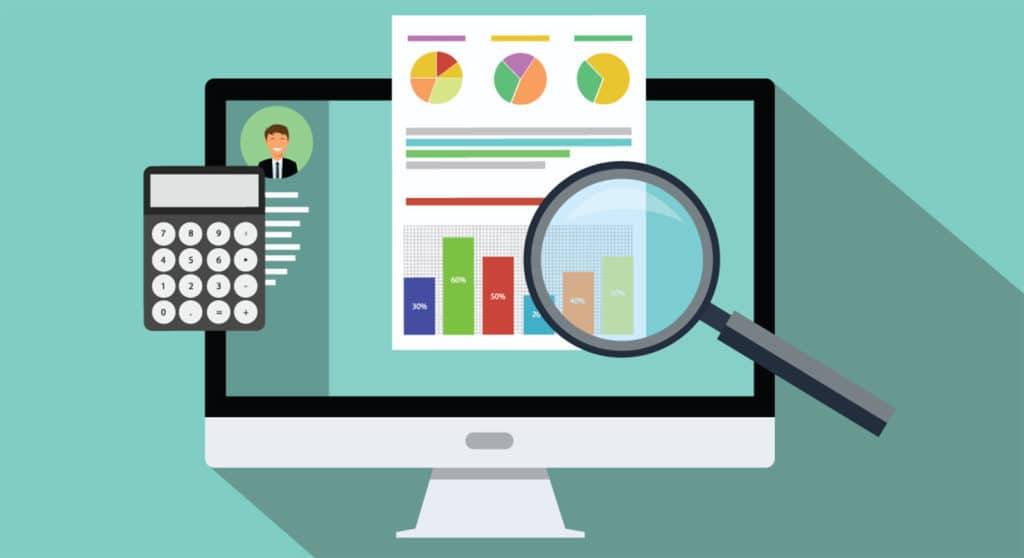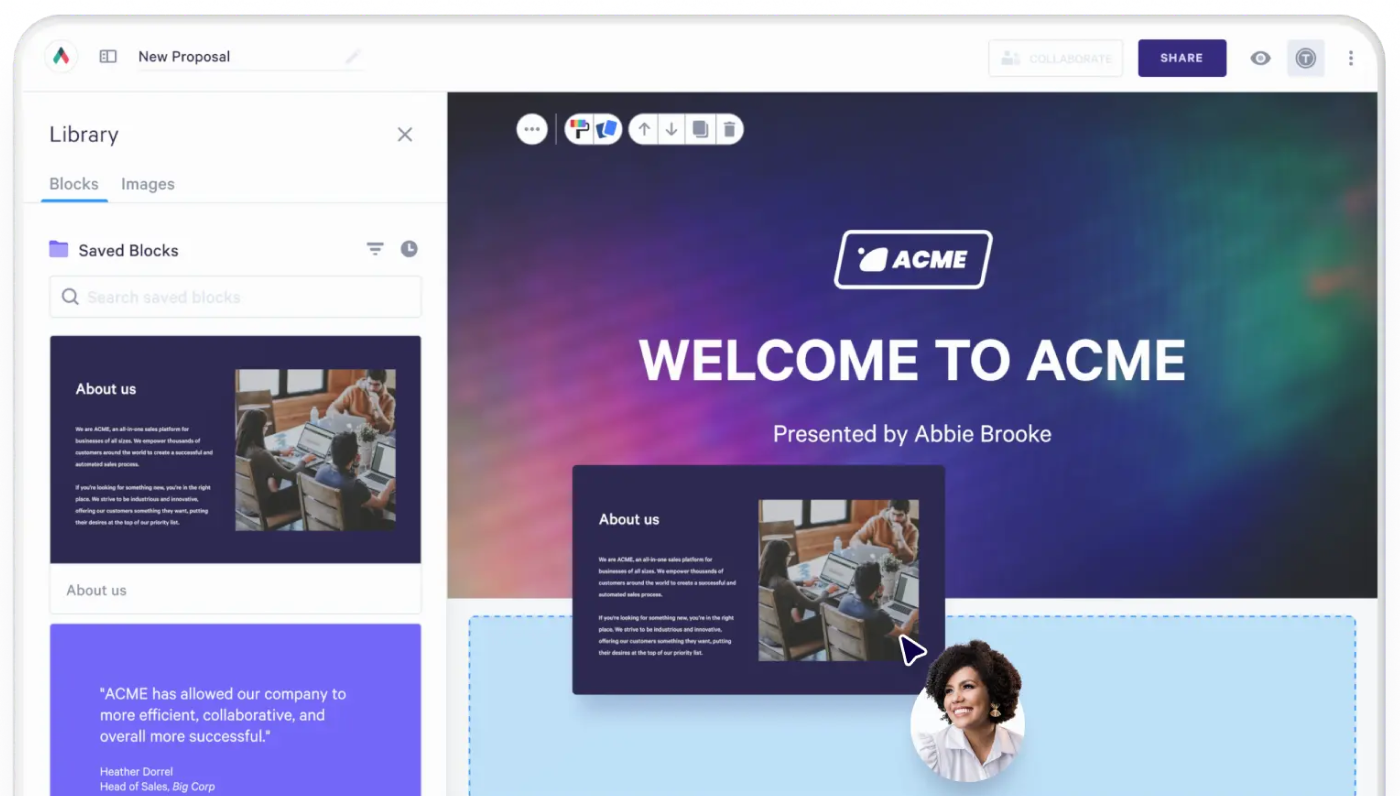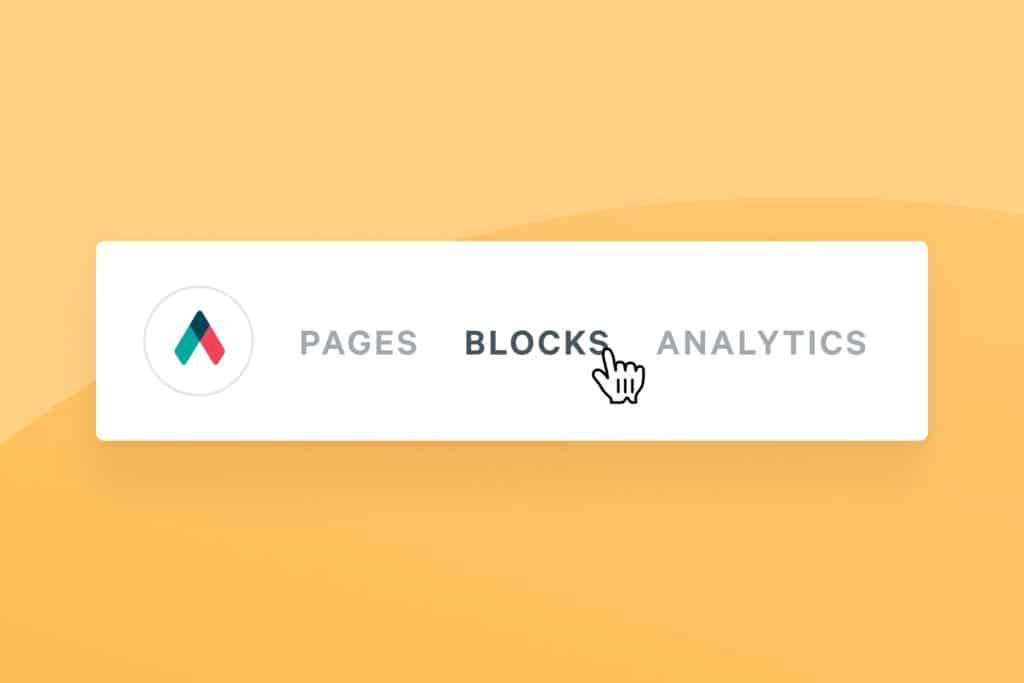
If you want a good ice breaker at a sales networking event, just ask people how they handle the ROI discussion in sales calls and if an ROI calculator is effective for demonstrating product value. You’ll likely get a variety of answers, positive and negative.
ROI calculators are a bit of a controversial topic in sales circles, and for a good reason. From the incorrect data expressed to a disconnected outcome, an ROI calculator is of little use if your buyer doesn’t believe the information. So it’s no wonder some sellers are wary about using a calculator in their sales conversations.
With this in mind, I publicly asked the question, “Is an ROI calculator a must or just a bunch of hype?” The results of my LinkedIn poll were overwhelmingly in favor of using the tool.
But the keyword here is “tool.” A sales toolbox has many tools, and an ROI calculator is just one of them. No single tool, including an ROI calculator, is a “silver bullet, ” meaning it won’t close a deal all on its own, solve your buyer’s objections, or turn around a deal on shaky ground from the get-go. Like anything, an ROI calculator must be used appropriately in your sales conversations to be effective. Just as you wouldn’t use a hammer to tighten a bolt, an ROI calculator needs to be appropriate for the use case you’re applying it to— it needs context and the proper fit.
Let’s look at some of the insights and recommendations for how and when to use an ROI calculator, as shared by industry thought leaders.
1. Agree on the definition of “ROI”
“When you say ‘ROI,’ do you mean ‘return on investment’ or ‘risk of inaction?’"
Paul Gillin
Most sellers agree that there should be some sort of quantification of the solution you’re pitching, whether expressed as a financial saving, time or efficiency improvement, or incremental revenue potential. Similarly, 74% of buyers choose to work with sales reps who can demonstrate product value.
However, “ROI” doesn’t mean the same thing to everyone.
How “value” and “ROI” are defined varies according to what’s important to each member of the buying group. And this is commonly where ROI calculators get a bad rap— from inappropriate usage. Thus, the first priority is to align on what’s important to the buyer.
“For an ROI calculator to be effective in your sales conversation, it must align with the buyer’s objectives. Value is in the eye of the beholder,” commented Seth DeHart, Venture Partner and B2B Sales Advisor at Point Nine. “Value is how the buyer sees the world— the needs they express vs. the return you are presenting.”
When the buyer’s definition of value and the value you are showing are misaligned, the ROI discussion falls flat— it creates a disconnect between the buyer and seller. And that’s often when the seller feels the ROI calculator was worthless when in reality, it was a mismatch of the expressed need vs. the visualized return.
2. Know who you’re talking to
According to Forrester, sales conversations today aren’t just with a single decision-maker; instead, you’re selling to buying groups. In fact, 63% of B2B deals involve more than four people weighing into the decision.
Without a deep understanding of your buyer’s motive, it’s difficult to express value. Additionally, who you’re speaking to is important. ROI changes according to what’s valued by each buying group member— and so should your expression of the product value.
For example, the sales leader might define value in terms of staff efficiency. In contrast, the financial leader wants the story told in numbers, expressed in headcount and salary savings. Meanwhile, the MarketingOps leader is most concerned about tech stack integration and downtime percentages.
“ROI is subjective. A scenario-based calculation might be helpful for a budget/traction conversation, but the value points for adopting a product or service could vary too deeply depending on what’s important to the customer,” noted Jennifer Cooper, CMO and Advisory Board Member. In other words, one definition of ROI doesn’t fit all. But present ROI right, and it reinforces your price, especially if you are one of the highest-priced solutions on the market.
“Appropriately presenting ROI can help close the deal at a higher price,” noted Seth DeHart. “It all depends on quantifying your product value and the pains you’re solving,” he added. On the flip side, Seth advised against presenting your price, then using an ROI calculator to justify that price. “Listen intently to your buyer,” he said. “Your objective is to gain a very scientific understanding of what your buyer is seeking before presenting your product value. The best ROI discussions lead with the buyer’s priorities, then appropriately present the opportunity cost (or gains) vs. the cash cost of your solution.”
3. Do your data due diligence
Product value creation cannot occur without understanding your buyer’s unique challenges and objectives. Additionally, attaining the correct data from your buyer is essential to presenting ROI. But— data collection is often easier said than done.
“For an ROI calculator to be truly effective, there’s a decent amount of data that needs to be acquired— and the prospect may or may not be willing to share that data. Often, much is out of our control, so any ROI projection is often speculative,” noted Clay Conner, Partner and Director of Biz Dev at Infomedia.
The discovery call is typically the primary means of gathering essential buyer information, and a successful discovery conversation entails a great deal of focus. To maximize discovery time, avoid spending too much time talking about your brand and hone in on the buyer’s motives for the call.
For best results, ask pointed questions about your buyer’s objectives and current processes, and listen for specific answers. For example:
- What’s holding your team back from achieving your goals?
- What is your [or your team’s] process for X?
- Why do you do X this way?
- How much time have you spent doing X this way?
- How much budget do you have assigned to X?
- How much of an impact does X have on your business?
“There’s a reason the prospect is taking your call, so ask them,” advises Mark Tanner, Co-Founder and COO of Qwilr. “Earn the right to ask the questions you want to ask,” he added, “because if you’re not understanding your buyer’s problem and putting some degree of quantification towards it, you’ll likely have a hard time closing that deal.”
Closing the value gap
Determining how to improve a situation and where to allocate resources are not always clear-cut decisions for buyers. Most B2B buyers are pitched with dozens of options; appropriately presenting product value and discussing ROI can help to create competitive differentiation.
Almost all sales teams agree that demonstrating ROI in the sales process is essential; the challenge is collecting the right data and visualizing the return. An ROI calculator can quantify product value, mitigate pricing objections, and help seal the deal when done well. Just remember, an ROI calculator isn’t a sales panacea.
About the author

Tania Clarke|Head of Product Marketing
Tania heads up product marketing at Qwilr – looking after positioning, sales enablement, competitor intelligence and more. Tania brings experience from former roles at high growth startups like Atlassian and Safety Culture.





